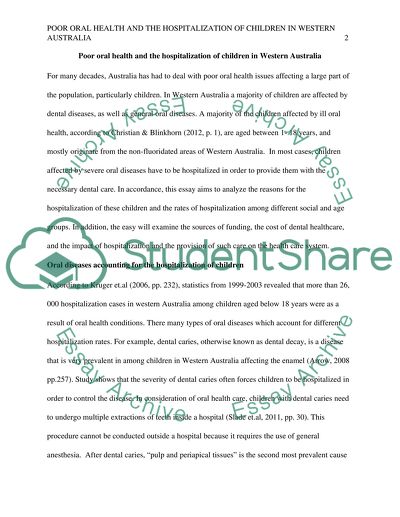Cite this document
(“Dental public health 2(Hospitalization of children for oral health Essay”, n.d.)
Dental public health 2(Hospitalization of children for oral health Essay. Retrieved from https://studentshare.org/health-sciences-medicine/1460776-dental-public-health
Dental public health 2(Hospitalization of children for oral health Essay. Retrieved from https://studentshare.org/health-sciences-medicine/1460776-dental-public-health
(Dental Public Health 2(Hospitalization of Children for Oral Health Essay)
Dental Public Health 2(Hospitalization of Children for Oral Health Essay. https://studentshare.org/health-sciences-medicine/1460776-dental-public-health.
Dental Public Health 2(Hospitalization of Children for Oral Health Essay. https://studentshare.org/health-sciences-medicine/1460776-dental-public-health.
“Dental Public Health 2(Hospitalization of Children for Oral Health Essay”, n.d. https://studentshare.org/health-sciences-medicine/1460776-dental-public-health.


